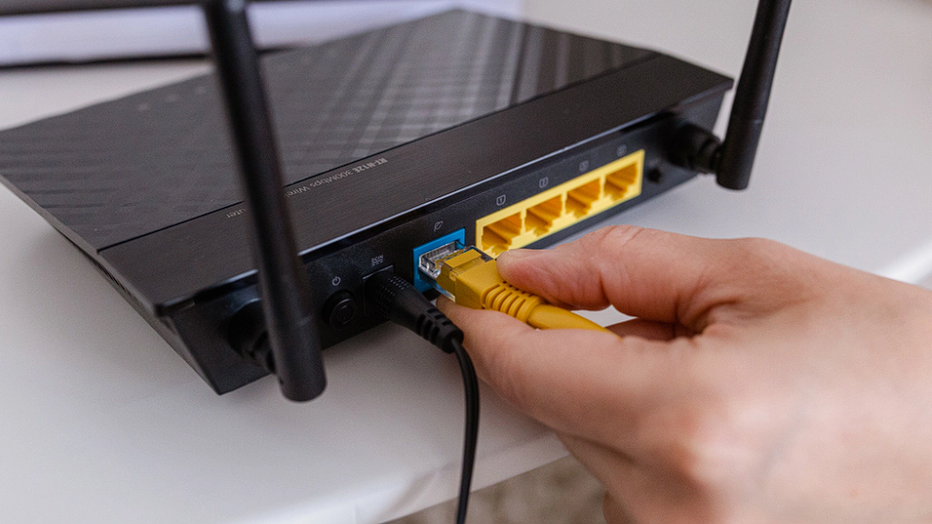Disconnect This Small Device and the Problem Might Be Solved.
Others are reading now
Dealing with WiFi connection issues is a common frustration for many of us. Whether it’s for work or study, a weak signal can significantly impact our productivity. Fortunately, beyond the usual suspects like network congestion or electromagnetic interference, there’s a surprising factor that could be significantly affecting your connection: USB 3.0 devices.
These devices, commonly used for connecting peripherals and external storage, can generate interference in the 2.4 GHz band, negatively impacting the quality of your home WiFi signal.
This is because they operate at a low frequency and lack the necessary shielding to prevent interference. It’s crucial to be aware of this seemingly unnoticed obstacle, as it can lead to unexpected dropouts or disconnections in your internet network.
Also read
Improving Your WiFi Signal
To enhance your WiFi signal, the first step is to disconnect USB 3.0 devices in your home, especially those that are not essential at the moment. If you urgently need to use one, consider limiting its use or seeking alternatives. Another option is to switch to the 5 GHz band, though this may not be compatible with all devices in your home.
In addition to disconnecting problematic devices, there are further steps you can take to optimize your WiFi signal. Removing obstacles that might be affecting the signal, switching to the 5 GHz band if possible, and strategically placing your router are key actions to improve your browsing experience.
Strategic Router Placement
The location of your router can make a significant difference in the quality of your WiFi signal. Here are some key points to consider:
-
Center of the Home: Place the router in the center of your home to evenly distribute the signal in all directions, minimizing dead zones.
-
Height: Position the router on a high surface, such as a shelf or bookcase, to enhance signal propagation. Avoid placing it directly on the floor, as this could reduce its range.
-
Avoid Obstacles: Keep the router away from large or dense obstacles, like metal furniture, thick walls, or appliances, as they can block the WiFi signal.
-
Visibility: Don’t hide the router in closets or boxes, as this will limit signal spread.
-
Avoid Corners: Don’t place the router in corners of the house, as the signal will disperse in one direction only. Instead, locate it in the most central point of your home.
-
Location Testing: Experiment with different locations in your home to find the spot where the signal is best received.
By following these simple tips, you can significantly improve the WiFi signal in your home. By steering clear of USB 3.0 devices and optimizing your router’s location, you’re on your way to enjoying a stable and uninterrupted connection. Remember, a good WiFi signal depends not only on your service provider’s speed but also on the choices you make in your environment to optimize it.


